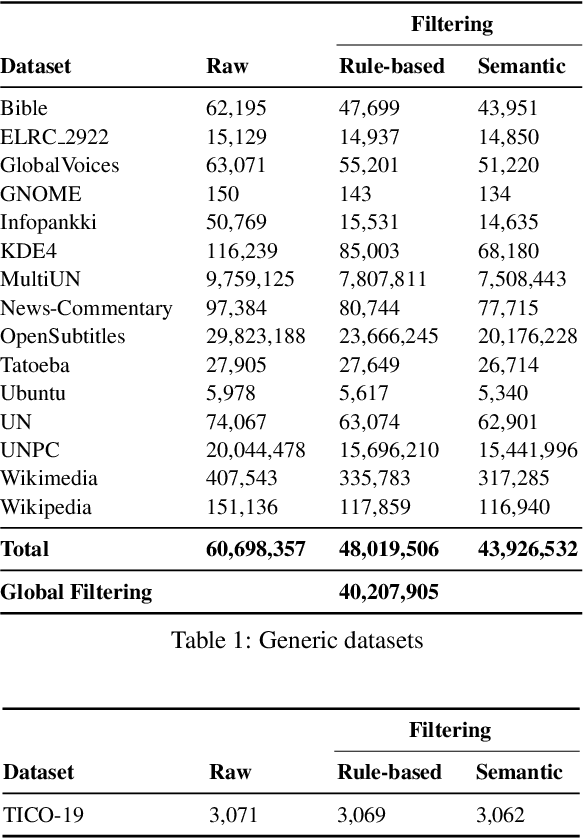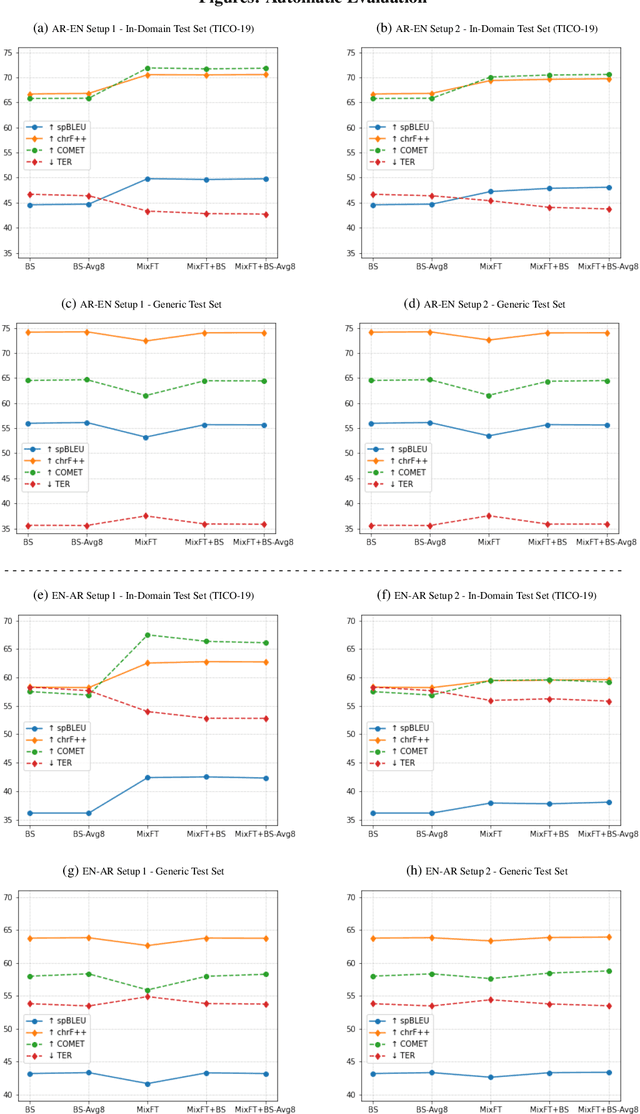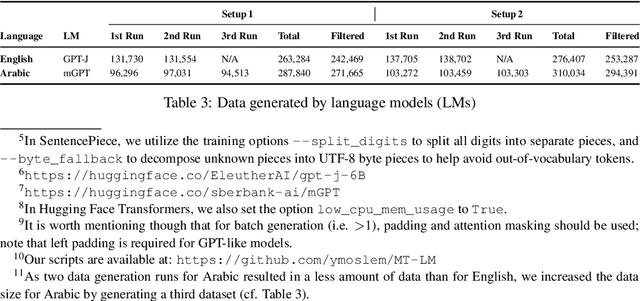Domain-Specific Text Generation for Machine Translation
Paper and Code
Aug 11, 2022



Preservation of domain knowledge from the source to target is crucial in any translation workflow. It is common in the translation industry to receive highly specialized projects, where there is hardly any parallel in-domain data. In such scenarios where there is insufficient in-domain data to fine-tune Machine Translation (MT) models, producing translations that are consistent with the relevant context is challenging. In this work, we propose a novel approach to domain adaptation leveraging state-of-the-art pretrained language models (LMs) for domain-specific data augmentation for MT, simulating the domain characteristics of either (a) a small bilingual dataset, or (b) the monolingual source text to be translated. Combining this idea with back-translation, we can generate huge amounts of synthetic bilingual in-domain data for both use cases. For our investigation, we use the state-of-the-art Transformer architecture. We employ mixed fine-tuning to train models that significantly improve translation of in-domain texts. More specifically, in both scenarios, our proposed methods achieve improvements of approximately 5-6 BLEU and 2-3 BLEU, respectively, on the Arabic-to-English and English-to-Arabic language pairs. Furthermore, the outcome of human evaluation corroborates the automatic evaluation results.
 Add to Chrome
Add to Chrome Add to Firefox
Add to Firefox Add to Edge
Add to Edge